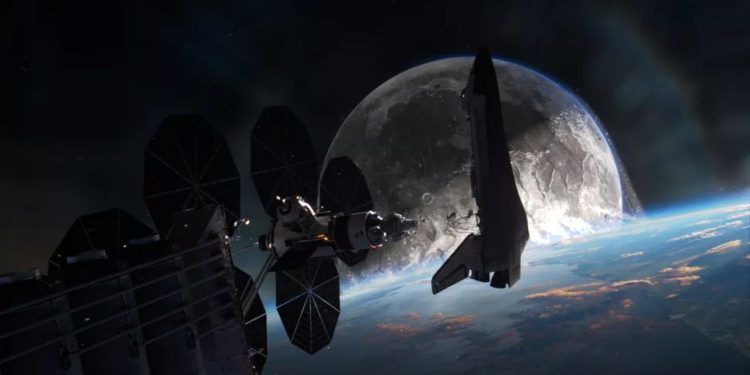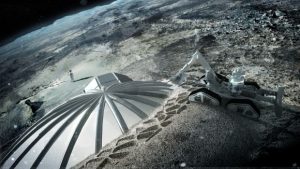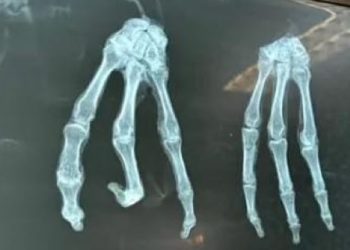Over time, scientists have observed peculiar characteristics associated with Earth’s Moon. Being the fifth largest natural satellite in the Solar System, the Moon is believed to have originated from a colossal collision between early Earth and a planet the size of Mars.
Upon closer examination, it was noted that the Moon’s orbit is incongruent with its size when considering its presumed density. Astronomical data revealed that the inner parts of the Moon are less dense than the outer regions, leading to the conclusion that it might be hollow.
Some of these hypotheses stem from the Moon’s bell-like resonance when struck by meteor impacts. Notably, during the Apollo mission on November 20, 1969, the lunar module’s separation from the orbiter caused seismic instruments to detect a sustained bell-like reverberation for over an hour.
In July 1970, Michael Vasin and Alexander Shcherbakov, members of the Soviet Academy of Sciences at the time, proposed the Spaceship Moon Theory. This speculative concept suggests that the Moon could be an extraterrestrial craft. According to Vasin and Shcherbakov, the Moon is a hollowed celestial body engineered by unknown entities with technology surpassing our own.

In this conjecture, colossal mechanisms would have melted rock and created vast cavities within the Moon, rendering it composed of an inner hull-like shell and an outer rocky slag shell.
Subsequently, the “Spaceship Moon” would have been placed in Earth’s orbit. Advocates of this idea point to increased UFO sightings and photographs captured by NASA during lunar missions.
The Moon’s surface is adorned with myriad craters of varying sizes, all sharing uniform depths. This pattern led researchers to speculate that a metallic barrier beneath the surface might shield it from extensive damage.
Surprisingly, asteroids and meteors not only create shallow craters on the lunar surface but also induce a convex crater floor instead of the anticipated concave, supporting the notion of a solid shell.
The Moon’s age surpasses previous estimates and might even exceed that of Earth and the Sun. While Earth’s age is roughly 4.6 billion years, lunar rocks have been dated at 5.3 billion years.

Differences in the chemical composition between the dust and the rock suggest that the lunar surface was relocated from elsewhere and deposited on the Moon.
Though some of the Moon’s craters are thought to have originated internally, no evidence suggests that the Moon’s temperature ever reached levels conducive to volcanic activity. Numerous moonquakes are recorded annually, not attributed to meteor impacts. A regular pattern is observable in some of these quakes.
Remarkably, the Moon’s crust is more resilient than previously believed. When NASA drilled a few inches into the lunar surface, metallic shavings were visibly released.
Earth’s moon stands as the only natural satellite with an unwavering, near-perfect circular orbit. The Moon’s precise distance from the Sun and its diameter aligning perfectly for total solar eclipses raises intriguing questions.
An ancient lunar phenomenon known as Transient Lunar Phenomena, characterized by fleeting changes in brightness or color on the lunar surface, has been documented for over a millennium.
Unique combinations of metals are also found on the Moon, including non-naturally occurring elements like brass, according to Ancient Code. Additionally, the Moon hosts ten times more titanium compared to Earth, a ratio that astonishes scientists.
The enigmas of the Moon and the broader universe remain unresolved, and the mysteries beyond our planet’s atmosphere might remain hidden in our lifetimes.
With evolving perspectives, technological strides, and scientific revelations, the realities and theories shaping our cosmos remain fluid. We simply await what the future holds.
© 2023, The Mysterious Woods. All rights reserved. On republishing this post you must provide link to original post!









